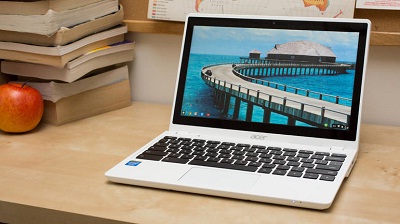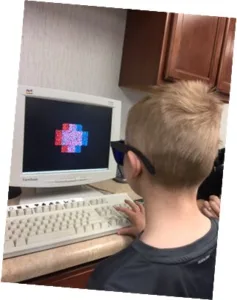The screen time debate rages on in schools this fall. It’s nothing new, really. It’s world-wide, you know. Take for example Kerry, Ireland, where one school, Blenneville National School (Tralee), banned smartphones and social media use outside of school hours. Smartphones are already restricted from use in the school, but this new ban extends the restrictions further. Mind you, this is a digitally rich school, not a Luddite environment at all. Preliminary reports suggest, that since these technologies were restrained, parents are already witnessing improvements [in social and academic behaviors, I presume]. Now fly across the pond to Maryland, where the state legislature recently passed House Bill 1110, which requires that
…the State Department of Education, in consultation with the Maryland Department of Health, by June 1, 2019, …develop health and safety best practices for the use of digital devices in school classrooms; and requiring the Department, by July 1, 2019, to provide the best practices to each county board and nonpublic school for consideration and adoption.
The bill was passed and approved by the Governor at the end of April, just in time to affect the current school year. So, as you can see, the screen time debate pundits are at it again.
Still, these naysayers are speaking out of both sides of their mouths. How is that? It’s because assessment of learning, as seen in standardized state achievement tests and less formal classroom- and skill-based assessments, has increasingly moved towards online, i.e., display-based measures. So these pundits can’t live with displays and can’t live without them.
Yet here’s one case where display technologies get to fight back. Last month I penned an article, “A Nexus Story: Vision, Learning, and Displays”, in which I described the “beneficial aspects of display technology in promoting vision health and quality of life.” In my August case study, I related a story about a six-year old named Tyler and the “role of both Virtual Reality and 3D displays in both the diagnosis (Dx) and treatment (Tx) of vision disorders…” I mentioned a particular challenge facing the display industry—the assessment challenge —because Tyler, along with more than 14% of the overall student population with apparent vision challenges, struggles taking online assessments due to vision problems.
As part of Tyler’s vision therapy diagnosis and treatment, displays play a vital role in turning this problem on its head. Look at the display-based clinical diagnosis experienced by Tyler in the picture below:
Dr. Jennifer Simonson (OD, COVD) at Boulder Valley Vision Therapy deployed the Norway-based Vision Builder diagnostic solution to diagnose Tyler. “Because elementary students are spending more time completing assignments and tests on the computer, it is clinically helpful for me to observe their vision when looking at a screen during their vision evaluation”, she explains. “We use the Vision Builder Program and the activity is using Random Dot Stereo targets. One eye can see the blue plus sign and the other eye can see the red plus sign. Only when both eyes align and fuse the information can your brain become aware that a few pixels are different between the two plus signs. This creates a 3D floating circle. The circle can be on the top, right, bottom, or left arm of the plus sign.” She adds: “He is using the arrow keys to respond to the location of the 3D ball. What is great about this activity is that you have to see it to get the right answer. If you guess, the targets move closer together (easier) and if you are correct the demand (target separation and amount of 3D) continues to increase. This lets us monitor for any eyestrain, fusion instability, or postural changes needed to maintain clear and single vision on the computer screen.”
Tyler’s follow-up vision therapist, Dr. Mearsha, used other display-based technologies to bring his computer-screen reading skills back up to speed during the summer.
 At Tyler’s school, all students complete formal, informal and state assessments on Chromebooks like these. Some children with vision challenges will struggle with the overly small screens.
At Tyler’s school, all students complete formal, informal and state assessments on Chromebooks like these. Some children with vision challenges will struggle with the overly small screens.
As we can see, display technology is not the enemy here. When placed in the hands of knowledgeable medical experts, it becomes part of the solution, and not part of the problem. And, by the way, Tyler is now reading well as he enters second grade. —Len Scrogan

